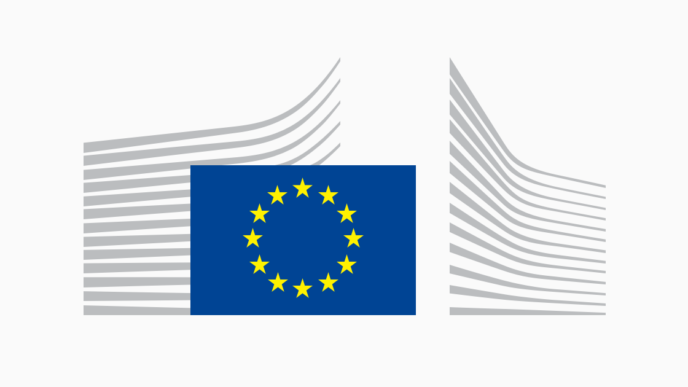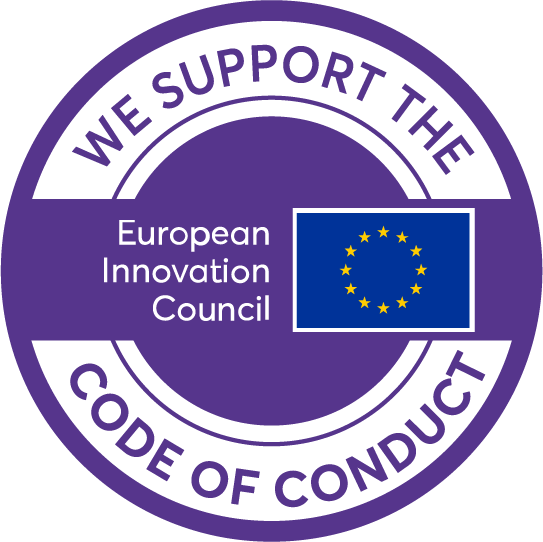The latest Asylum Report 2025 published by the European Union Agency for Asylum (EUAA) provides an overview of Member States’ responses to the evolving migratory shifts that occurred in 2024, and the early months of 2025. The report analyses preparations undertaken by EU+ countries to ensure that the necessary arrangements are in place by 2026 for the full implementation of the Pact on Migration and Asylum.
For the first time, the EUAA also published national factsheets, briefly outlining the asylum situation in each EU+ country.
Earlier this year, the EUAA reported that the number of asylum applications lodged in the EU+ had decreased by 11 % in 2024. Five EU countries: Germany (237 000), Spain (166 000), Italy (159 000), France (159 000) and Greece (74 000) received almost four fifths of all applications lodged in the EU+.
In response to changing trends, EU+ countries adapted their national policies, practices and legislation. Following the fall of Bashar-al-Assad regime in Syria in late 2024, most EU+ countries halted the processing of applications lodged by Syrians, pending further clarity on the situation.
By investing in making procedures faster or creating more one-stop models for registration and processing of asylum applications, national authorities were able to take the largest number of decisions at first instance since 2017. This aimed at reducing the overall backlog of cases, before the entry into application of new asylum and reception rules in 2026.
The continued strain on reception systems led some countries to tighten rules on material reception conditions, such as financial allowances.
National authorities made significant investments in human resources by recruiting new staff and providing professional training. The report highlights that highly skilled staff are central to improve processes and implement the Pact on Migration and Asylum on the ground.













